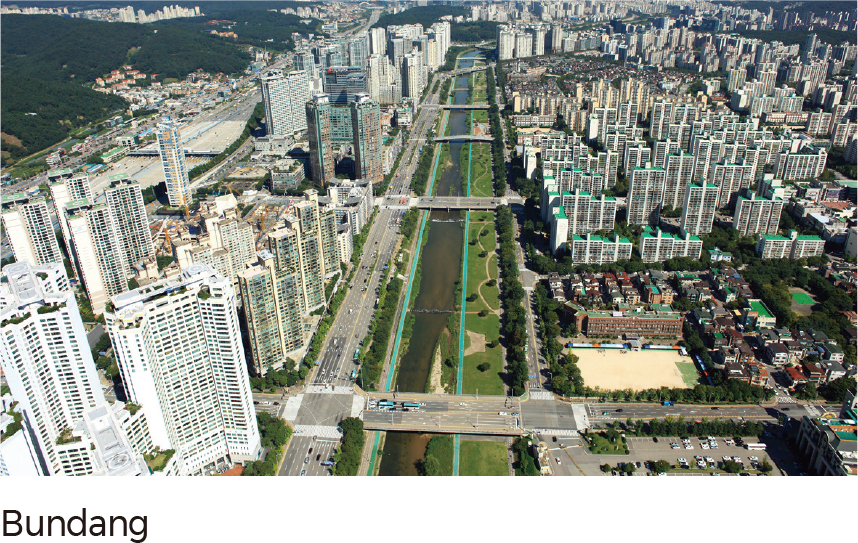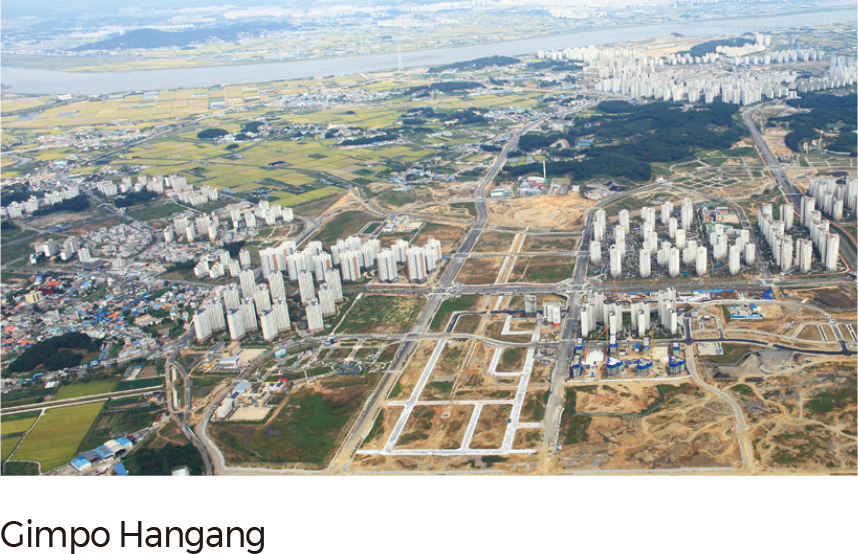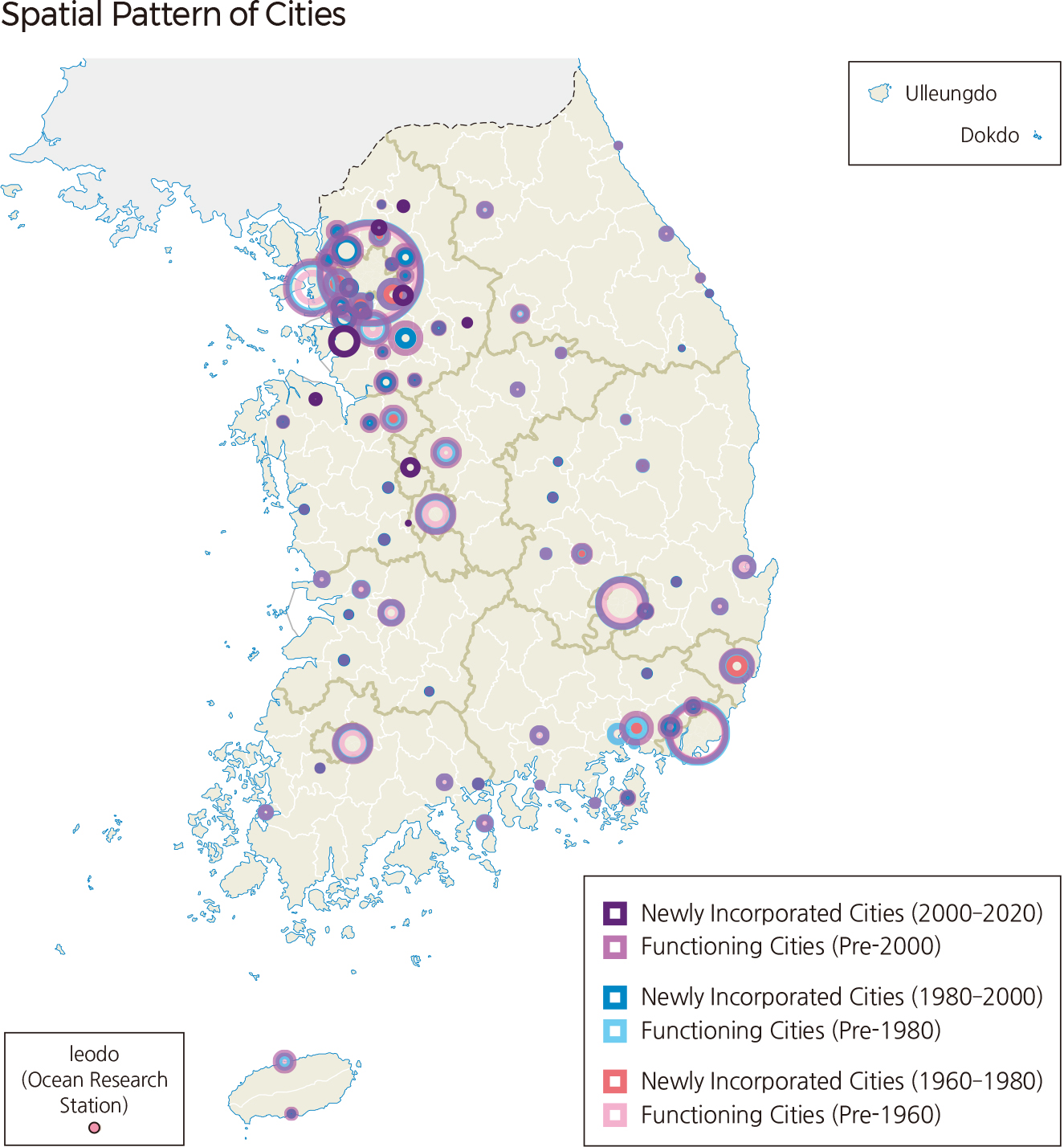Comprehensive Edition 2022
The most notable change in the Korean landscape over the past 60 years is the result of increasing urbanization. The rate of change was rapid until the 1980s, but has since slowed down. Seoul’s population exceeded 10 million in 1988 and became a megacity by all international standards. Busan, the second largest city, exceeded 3 million in 1979; however, growth stagnated and its population began to decline in the mid-2010s. The period of population increase led to urbanization, in terms of both the overall number and size of cities. In addition, as urban residents moved into the suburbs, urbanization expanded into nearby regions, forming greater metropolitan areas.
The distribution of cities by population size depicts a clear trend of port city development along the southeastern coastal industrial zone as well as the expansion of the greater capital area.
Since the beginning of rebuilding Korean urban structures in the 1960s, many areas in the inner cities have become old and inadequate for the population demands of the 21st century. In order to cope with the physical, social, and economic deterioration of the inner city, the central government announced urban regeneration policy guidelines in 2013.
The construction of new, entirely modern towns in Korea had begun in earnest after the 1960s. This new town policy was focused on promoting appropriate development throughout all regions of South Korea and resolving problems in existing urban areas. During the 1970s, industrial cities were constructed in maritime regions to promote the development of heavy chemical industries. The construction of Changwon as a newly industrialized city with a population of 300,000 led to the use of the term of “New Town.”
By the 1990s, there were many criticisms of these simultaneously developed large new towns, and the policy trend shifted toward the development of small-sized communities dispersed throughout the surrounding areas of major metropolitan communities. A new approach to developing Korean national territory resulted in the adoption of a multi-core distribution structure that shifted the focus from the capital region to the nation
at large, thereby allowing more balance among regions. This approach to decentralization can be seen in projects such as the construction of multiple “Enterprise Cities” in the late 2000s that were key to the government strategy of fostering five mega-regional economic zones and two individual economic zones. The goal was to provide a broader distribution of development initiatives that might help to create competitive agglomeration economies. The main strategy was to attract private investments in order to expand the growth potential of each mega-regional economic zone. |






